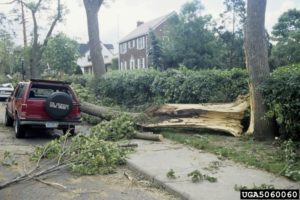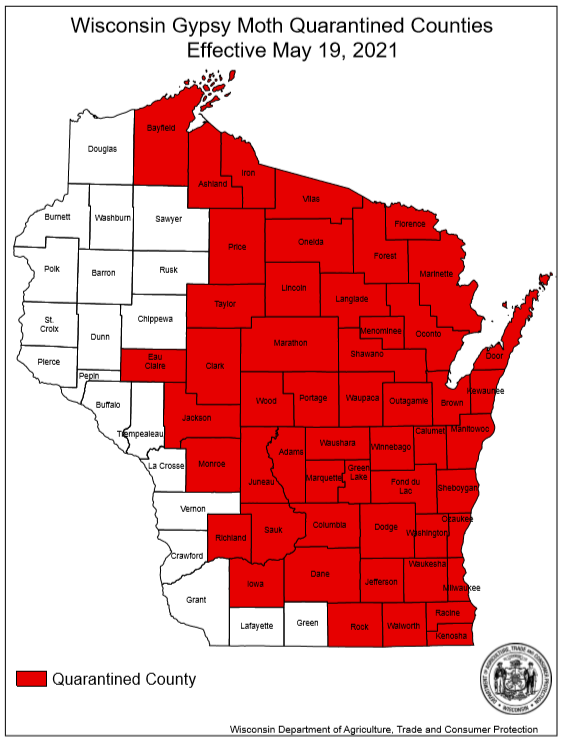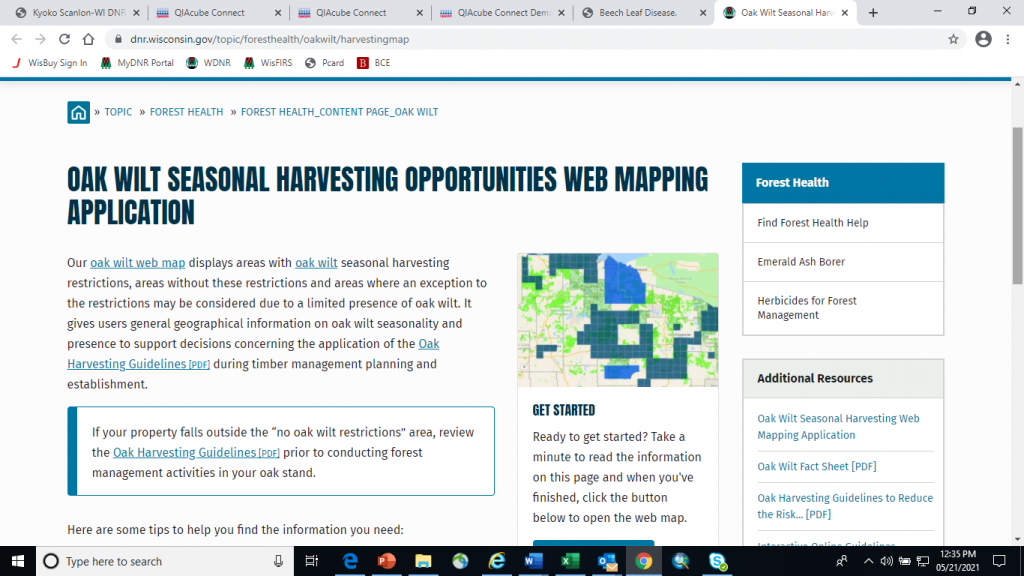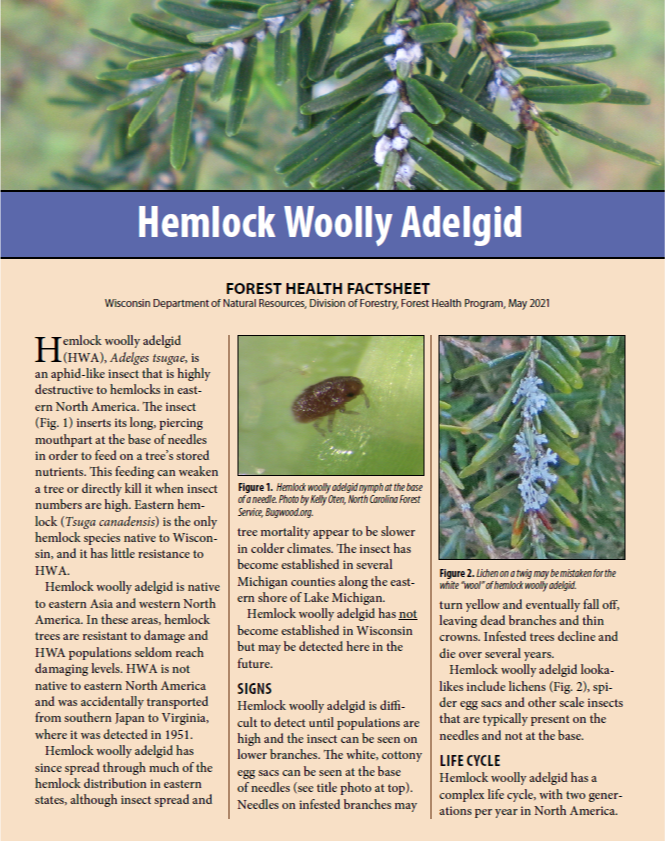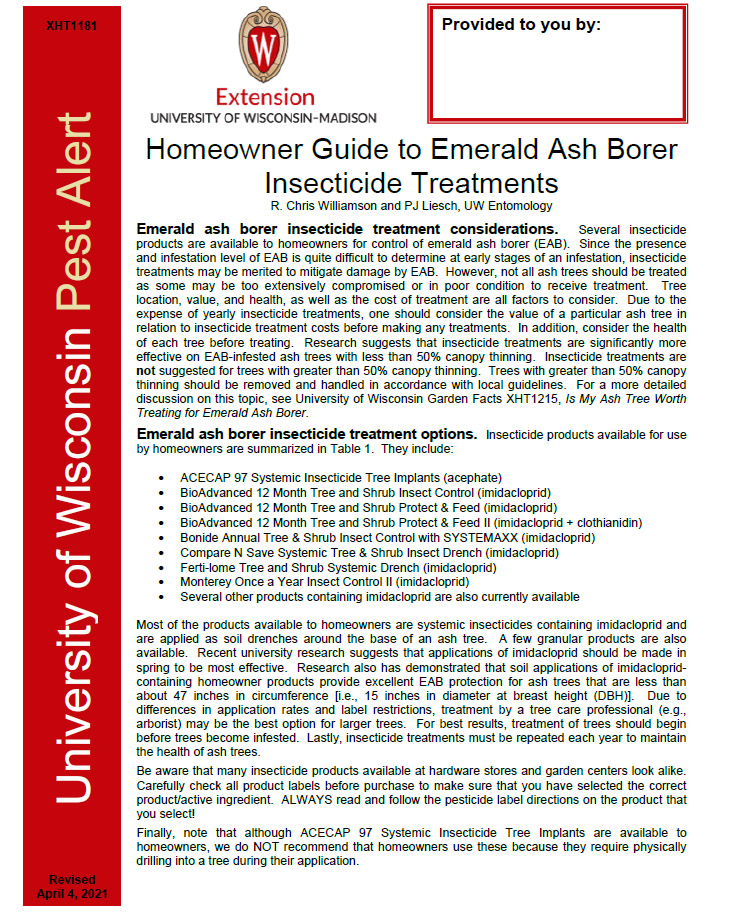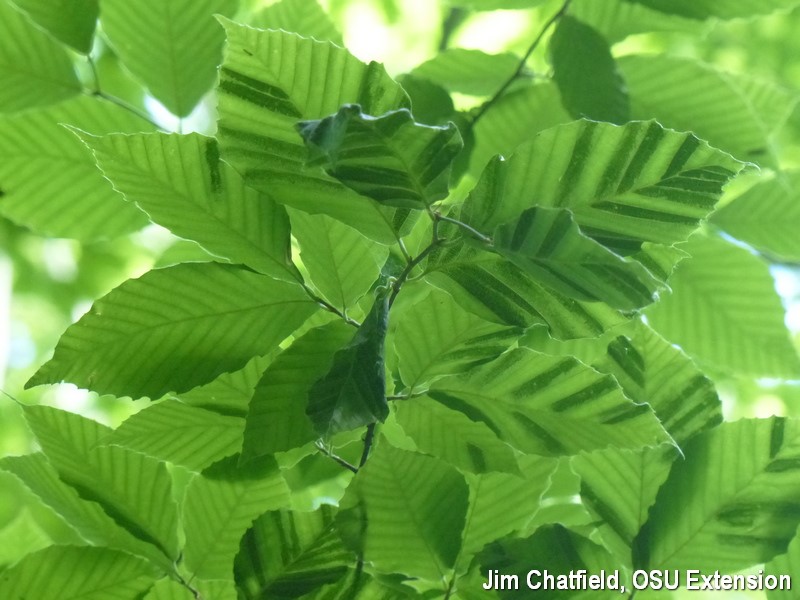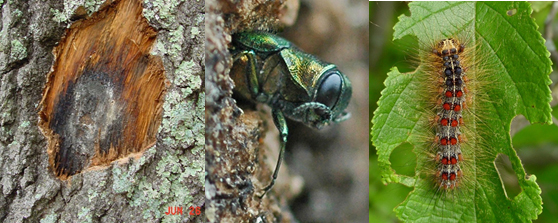 Recognizing that trees and vegetation are among the features that make communities special places for residents and visitors, American Transmission Company (ATC) will continue to offer funding for planting projects in communities in its service area through its Community Planting and Pollinator Habitat programs.
Recognizing that trees and vegetation are among the features that make communities special places for residents and visitors, American Transmission Company (ATC) will continue to offer funding for planting projects in communities in its service area through its Community Planting and Pollinator Habitat programs.
The Community Planting Program provides financial support to eligible cities, villages, towns, counties and tribes in ATC’s service area for planting projects on public property, outside transmission line rights-of-way.
The Pollinator Habitat Program provides funding for site preparation; purchasing seed, plugs or plants; labor and installation; or other activities to establish quality pollinator habitat. Unlike the Community Planting Program, the Pollinator Habitat Program promotes planting low-growing vegetation within a transmission line right-of-way.
Continue reading “ATC Offers Funding For Planting And Pollinator Habitat Projects”

